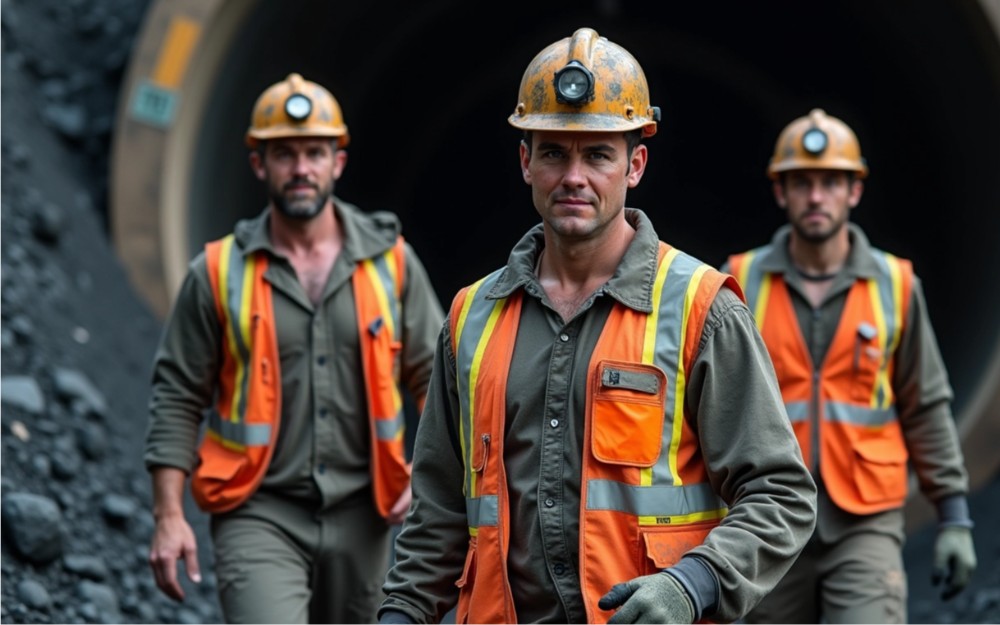Amusement parks, such as theme parks, water parks, or other similar recreational venues, offer thrilling and enjoyable experiences for families across Australia. However, these venues are not immune to accidents. When people get injured in these places, they may be entitled to make a public liability claim. In this article, we will consider how accidents occur at these locations, the types of injuries that might lead to compensation claims, and the relevant Australian laws that support these claims.
If you or a loved one has been injured in an amusement park, contact one of our experienced Public Liability Lawyers for a free, no-obligation initial consultation today.
How Accidents Happen at Amusement Parks
Accidents at amusement parks can arise from various factors. Despite the fun and excitement, these environments must adhere to strict safety standards. Here’s how accidents might occur:
- Operator Negligence: Theme park operators are required to maintain high safety standards under various Australian laws. These include the Australian Consumer Law (ACL), which mandates that services must be provided with due care and skill, and state-specific legislation such as the Civil Liability Act 2002 (NSW) and Civil Liability Act 2003 (QLD). Negligence may occur if equipment is not properly maintained or inspected, leading to malfunctions and accidents.
- Inadequate Safety Measures: Operators must implement effective safety measures to prevent accidents. The Work Health and Safety Act 2011 (Cth) and state-specific laws require operators to manage and communicate risks appropriately. For instance, failure to provide adequate signage for wet surfaces at a water park can result in slip-and-fall accidents.
- User Error: Although some accidents occur due to visitor non-compliance with safety instructions, park operators must ensure that safety guidelines are clear and enforceable. The Civil Liability Act 2002 (NSW) and Civil Liability Act 2003 (QLD) highlight the responsibility of operators to address and mitigate foreseeable risks.
Examples of Negligence
It is the responsibility of operators to ensure a safe environment for those under their care. Failure to uphold this duty can lead to negligence in various scenarios:
- Trampoline Parks: Negligence might involve the absence of protective padding on trampoline frames, leading to injuries such as ankle sprains or fractures. In NSW, this could be considered a breach of the operator’s duty of care.
- Roller Coasters: Lack of proper signage indicating height restrictions can lead to injuries like whiplash or more severe trauma. The Work Health and Safety Act 2011 (Cth) requires operators to guarantee that all equipment is safe and clearly labelled.
- Water Parks: Slip and fall accidents from unmarked wet surfaces can lead to injuries like broken bones or head collisions. State laws require that risks, such as wet floors, are properly addressed and communicated to visitors.
Common Injuries from Theme Park Accidents
Injuries at theme parks can vary in severity. Common types include:
- Whiplash: Often resulting from sudden jerks or impacts, particularly on rides.
- Soft tissue damage: Strains and sprains affecting the neck, back, or limbs.
- Fractures: Breaks or dislocations caused by falls or collisions.
- Head injuries: Injuries resulting from collisions or falls.
- Water-related injuries: Such as water inhalation or drowning at water parks.
Types of Compensation You May Be Entitled To
If you’ve sustained an injury as a result of a theme park’s negligence, you might be entitled to seek different forms of compensation:
- Medical expenses: You can claim for medical treatments and therapies.
- Pain and suffering: Lump sum amount for both physical pain and emotional distress and for the impact on your overall quality of life.
- Loss of income: Reimbursement for past and future income due to time off work.
- Rehabilitation costs: Expenses for recovery and rehabilitation.
Reporting Injuries and Lodging a Claim
To start a claim:
- Report the incident: Notify park management and obtain a copy of the incident report.
- Seek medical attention: Get a comprehensive medical evaluation to document your injuries.
- Consult a specialist lawyer: Speak to an expert Public Liability Lawyer, such as ours to evaluate your claim and guide you through the process.
- Lodge a claim: We will assist in lodging a claim with the park’s insurer, detailing the incident and your injuries.
- Gather evidence: Provide medical reports, police reports, and witness statements to support your claim.
Time Limits for Lodging a Claim
In Australia, individuals have three years from the date of the incident to lodge a public liability claim. However, extensions may be granted in cases where the full extent of injuries is not immediately known.
Case in Point: The Dreamworld Accident
In 2016, a tragic accident at Dreamworld, Australia’s largest theme park, led to the deaths of four people when their raft collided with another and overturned. Consequently, the park operator was fined A$3.6 million for breaching safety laws, having failed in its duty of care. Furthermore, a coroner’s inquiry revealed that the accident was inevitable due to systemic safety failures that had gone unaddressed for decades. In the aftermath, Dreamworld faced not only the hefty fine but also widespread criticism, operational losses, and legal action from shareholders.
How Gajic Lawyers Can Help
Navigating a public liability claim involves several steps, and our experienced Public Liability Lawyers can significantly ease the process. Here’s how we can help:
- Gathering evidence: We will collect essential documentation, including accident reports, medical records, and witness statements, crucial for establishing negligence.
- Advising on the claims process: We will guide you through the legal process and help you understand what to expect, ensuring compliance with relevant legislation.
- Negotiating with insurers: We will handle negotiations with insurance companies to ensure you receive fair compensation.
- Legal Representation: If necessary, we will represent you in court to achieve a satisfactory outcome.
Conclusion
Theme parks should provide safe and enjoyable experiences for all visitors. If you or a loved one have been injured due to negligence at a theme park, understanding your legal rights is crucial. Public liability compensation can help alleviate financial burdens and ensure justice for your suffering.
If you have been injured in a public place, such as a theme park, get in touch with one of our expert Canberra Public Liability Lawyers, Parramatta Public Liability Lawyers, Cabramatta Public Liability Lawyers, Perth Public Liability Lawyers, Adelaide Public Liability Lawyers, and Brisbane Public Liability Lawyers today. We can navigate the claims process effectively and seek the compensation you deserve so you can focus on recovery.
Call us: (02) 9890 5885








